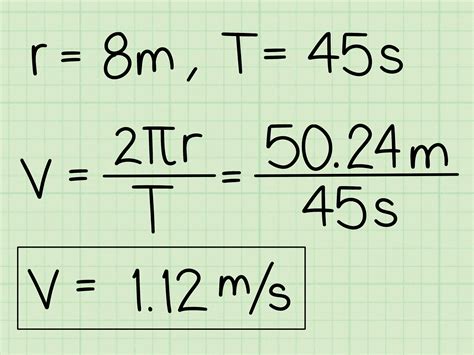How to Find Volocity: A Comprehensive Guide
Volocity software is a powerful tool for image analysis, particularly in the life sciences. However, finding information on obtaining or accessing Volocity can be tricky. This guide will help you navigate the process. Note that this guide focuses on finding information about Volocity; we do not provide links to download the software.
Understanding Volocity's Current Status
It's crucial to understand that PerkinElmer, the original developer of Volocity, no longer actively markets or supports it. This means that new licenses are generally unavailable. Therefore, accessing Volocity typically involves exploring alternative avenues.
Methods to Find and Access Volocity
1. Institutional Access: Your University or Research Institute
The most likely path to accessing Volocity is through your institution. Many universities, research labs, and hospitals retain licenses for specialized software like Volocity. Check with your:
- IT Department: They manage software licenses and may have access to Volocity.
- Research Lab Manager: If you're associated with a research group, the lab manager may be aware of existing Volocity licenses.
- Departmental Administrator: Inquire with your department's administrative staff about available software resources.
Strong internal advocates are key. If your institution doesn't have a Volocity license, presenting a strong case for its acquisition – highlighting its benefits to research efforts – could lead to positive results.
2. Collaborations and Networking
Networking within your field is valuable. Connect with researchers in your area who use similar image analysis techniques. They may have access to Volocity and be willing to collaborate.
- Attend Conferences: Scientific conferences are ideal networking opportunities. Discussions with colleagues often reveal access to specialized software.
- Online Forums and Communities: Engage in online communities relevant to your research area. Someone may be able to point you towards available Volocity resources.
3. Exploring Alternatives
Given Volocity's discontinued status, exploring alternative software packages is a wise approach. Many modern image analysis programs offer comparable functionality. Research options like:
- ImageJ/Fiji: A free, open-source platform with extensive plugin support.
- Imaris: A commercial software package with advanced 3D visualization capabilities.
- CellProfiler: An open-source software for high-throughput image analysis.
4. Consulting Pre-Owned Software Marketplaces (Proceed with Caution)
While less reliable, some marketplaces offer pre-owned software licenses. Exercise extreme caution when pursuing this option. Verify the legitimacy of the seller and ensure the license is transferable and legitimate. Be wary of scams.
Key Considerations
- License Agreements: Understand the terms and conditions of any Volocity license you might obtain.
- Software Compatibility: Check for compatibility with your operating system and hardware.
- Support: Since Volocity is no longer actively supported, expect limited assistance.
Finding Volocity requires persistence and resourceful investigation. Prioritize institutional access, collaborate with colleagues, and be prepared to explore alternative image analysis software packages. Remember to always proceed cautiously when considering less conventional acquisition methods.
